Editor’s Note: Native peoples mentioned in this article speak only for themselves and their point of view unless otherwise stated. One perspective cannot be generalized for the entire community in any situation.
Prescribed and cultural fire burning practices returned to the University of Minnesota Cloquet Forestry Center (CFC) in May by the Fond du Lac Band of Lake Superior Chippewa after decades of prohibition.
CFC became a University-owned 3,400-acre forest and research center in 1909 on the reservation lands of the Fond du Lac Band.
Since the tribes are a sovereign authority, they can burn their reservation lands freely. However, Cloquet is University owned despite being on reservation land, which means collaboration with the University is currently required to burn.
Chapter 196 of the General Laws for 1895 prohibited burning across the state, and fire becoming outlawed in the early 1900s changed the landscape and disregarded cultural connections to fire burning, Vern Northrup, a retired wildland fire operations manager and member of the Fond du Lac Band of Lake Superior Chippewa, said.
“Indigenous people in the U.S. and other countries have been using fire for thousands of years to shape their environment … and at one time it was generally accepted that we could burn whatever whenever we wanted to … then all fire became bad,” Northrup said.
The benefits of burning
There are many beneficial reasons for burning practices to help the landscape, Kurt Kipfmueller, associate professor of geography, environment and society who researches fire ecology in the Great Lakes region, said.
“A lot of the species that we have in Minnesota … are what we call fire dependent,” Kipfmueller said. “They need fire to either help them propagate or help them persist on the landscape, so without fire, we’ll see a whole-scale change in species compositions.”
Damon Panek, wildland fire program manager and member of the Mississippi Band of White Earth Ojibwe, said fire will clear out vegetation so there is no competition between species that can adapt to fire. Additionally, Panek said fire burning makes the nutrients in a landscape’s soil absorbable for plants.
Panek also described the “edge-effect” the fire creates in which there is a burned part of the ecosystem and an unburned part that create a variety of ecosystem types called a mosaic. This mosaic leads to diversity in species since some species like fire and others do not.
“Diversity equals resilience,” Panek said.
Fire-maintained woodlands are more resilient to climate change, can withstand drought and are less susceptible to high-intensity fires later on, said Lane Johnson, research forester at CFC. Since the flammable understory of the forest is burned more frequently, it reduces fuel for a larger fire, he said.
“It does matter from a safety perspective … we use prescribed fire to help keep trees spread out to prevent fuel build-ups and larger fires,” Kipfmueller said. “If we don’t do that … it’s probably going to have a detrimental impact on people’s lives, livelihoods and property.”
The cultural aspects of forest burning
There are also many cultural aspects that rely on forest burning, Panek said. For example, when culture is reliant on a species that is fire-dependent like blueberries, he said it is important to have the ability to burn to connect to that aspect of the culture.
“Those are a part of our language, culture and identity,” Panek said. “We are creating a space for our culture to carry on.”
Northrup said he has devoted his life to fire and feels connected to the land through it.
“Anishinaabeg [Indigenous peoples of the Great Lakes Region] are part of the land and the land is inside of us, everything we receive we got from the land,” Northrup said. “We took care of it, and it took care of us … and we still strive to do that.”
Panek said the Anishinaabeg have been managing forests with fire for thousands of years.
“We are only continuing a traditional cultural practice that our ancestors established,” Panek said. “The things we are doing are not new at all.”
Panek connected fire burning to everyday routine practices such as mowing the lawn to show the reciprocal relationship present.
“Pretty much everyone knows about having to mow their lawns … if you are harvesting from your space, you are aware of imports and exports of your space. When you connect to a space in that way, you understand it,” Panek said.
A collaboration to burn
University collaboration is currently needed to burn at Cloquet, and the management is willing and able to accommodate burning practices.
Cloquet had a few smaller prescribed fires for ecological benefits in the late 90s to early 2000s but nothing beyond five acres, said Kyle Gill, forest manager and research coordinator at CFC.
“Minnesota currently has strict liability laws when it comes to burning … which is why getting partners to help us burn was so hard,” Gill said.
May marked the first prescribed burning in Cloquet for more than 20 years.
“With the Cloquet Forest within the Fond du Lac reservation, we have this exciting shared geography that historically has been a source of tension,” Johnson said. “But now we are in a space where we see it as an opportunity to be modeling collaborative and cross-cultural approaches to land stewardship.”
Seventy-five acres of land were burned with help from the Fond du Lac Band, Bois Forte Band of Chippewa, Grand Portage Band of Lake Superior Chippewa, Mille Lacs Band of Ojibwe, Leech Lake Band of Ojibwe, the Bureau of Indian Affairs, the Nature Conservancy and University researchers.
“Fire is one of those things that we share in common … it’s a tool that can bridge a cultural divide,” Johnson said.
Native communities originally harnessed fire and are probably best set up to be able to bring that back, Kipfmueller said. Cloquet is taking the right approach, and the respectful exchange of information and dialogue is key, he said.
Johnson said we are only beginning to understand the value and importance of the collaborative prescribed fire being done at CFC.
“This whole integration of traditional, cultural, experiential, Indigenous knowledge is seemingly a new thing,” Panek said. “Finally the academics are listening to us and reckoning that we have a valid scientific process as well.”
Panek said for him, this is the land acknowledgment in action that allows Native people back into the space for management.
“Just by letting us collaborate and partner with them to get fire on the ground means that they acknowledge we have rights to those grounds,” Panek said.
It also shows the University acknowledges that Native people did burn for land management in the past, Panek said.
With collaborative management comes the need for a close relationship between CFC and the Fond du Lac Band, as well as inclusion in future management efforts, Johnson said.
Gill said Tribal inclusion in management decisions is important, which is why CFC and the Fond du Lac Band developed a legal agreement, called a memorandum of understanding, for collaborative burning practices and land stewardship.
“In the past few years, we continue to strengthen our personal relationships with folks that represent the [Fond du Lac] Band … it’s all about relationship building and taking time to understand each other’s values,” Johnson said.
Johnson said he hopes what Cloquet is doing locally is seen as a success and more collaboration can occur across other research projects for resource management efforts.
In addition to future collaboration on the management of CFC, integrating new guidelines and frameworks that include the Fond du Lac Band is necessary for future progress, Johnson said.
In the past, the CFC has not notified the Band of management activities because CFC is on private land and there was no requirement to, Gill said. In the future, official consultation is needed and should be required.
“The University has a responsibility to the tribes,” Johnson said. “I can see there being value in ways to formalize the Nation to University relationships and make them more durable.”
Johnson also said the University needs to not just notify, but also engage and exchange information around every issue.
“This isn’t just about burning, it’s about the human-cultural relationship to this space, and we deserve to be informed,” Panek said.
Land Recognition statement created by environmental storyteller, Clare Boerigter, for her article: “Ojibwe firefighters restore fire to the Cloquet Forestry Center.”
The Cloquet Forestry Center (CFC) is located on the reserved lands of the Fond du Lac Band of Lake Superior Chippewa on the unceded territory of the Great Lakes Anishinaabeg. The CFC was established in 1909 after the St. Louis River Mercantile Company donated roughly 2,000 acres of land to the University, alongside the purchase by the University of an additional 500 acres. Additional purchases and donations contribute to the present 3,400 acres of the CFC, land stewarded by the University on the Fond du Lac Reservation. This unceded land was identified as being the sovereign and commonly held lands of the Fond du Lac Band in the 1854 Treaty of LaPointe before the enactment of the Nelson Act of 1889. This act, along with the Dawes Act of 1887, legalized land abuses against Indigenous peoples in Minnesota and the U.S., resulting in the eventual loss of 100 million acres of reservation land across America. Learn more about the Fond du Lac Band and their history.


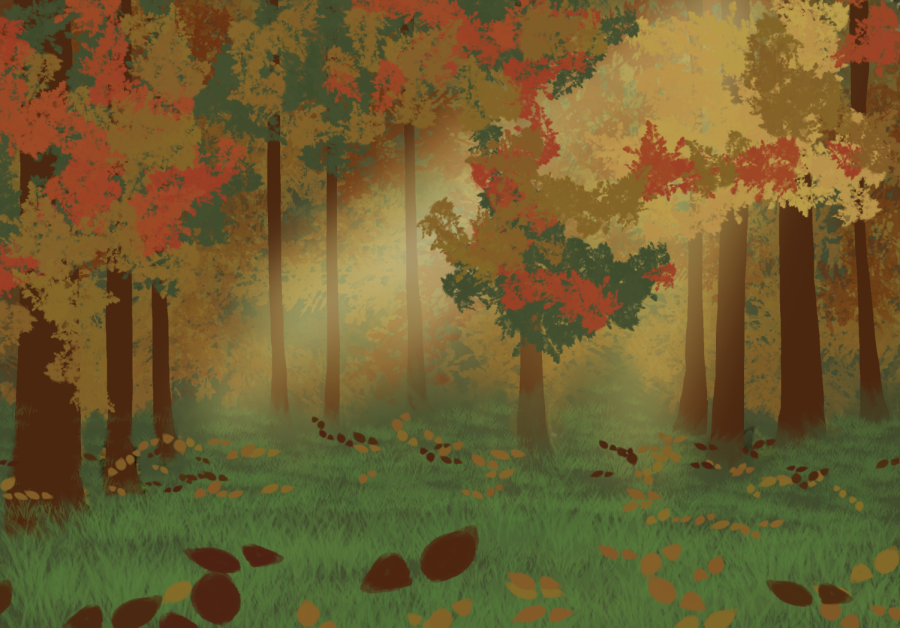

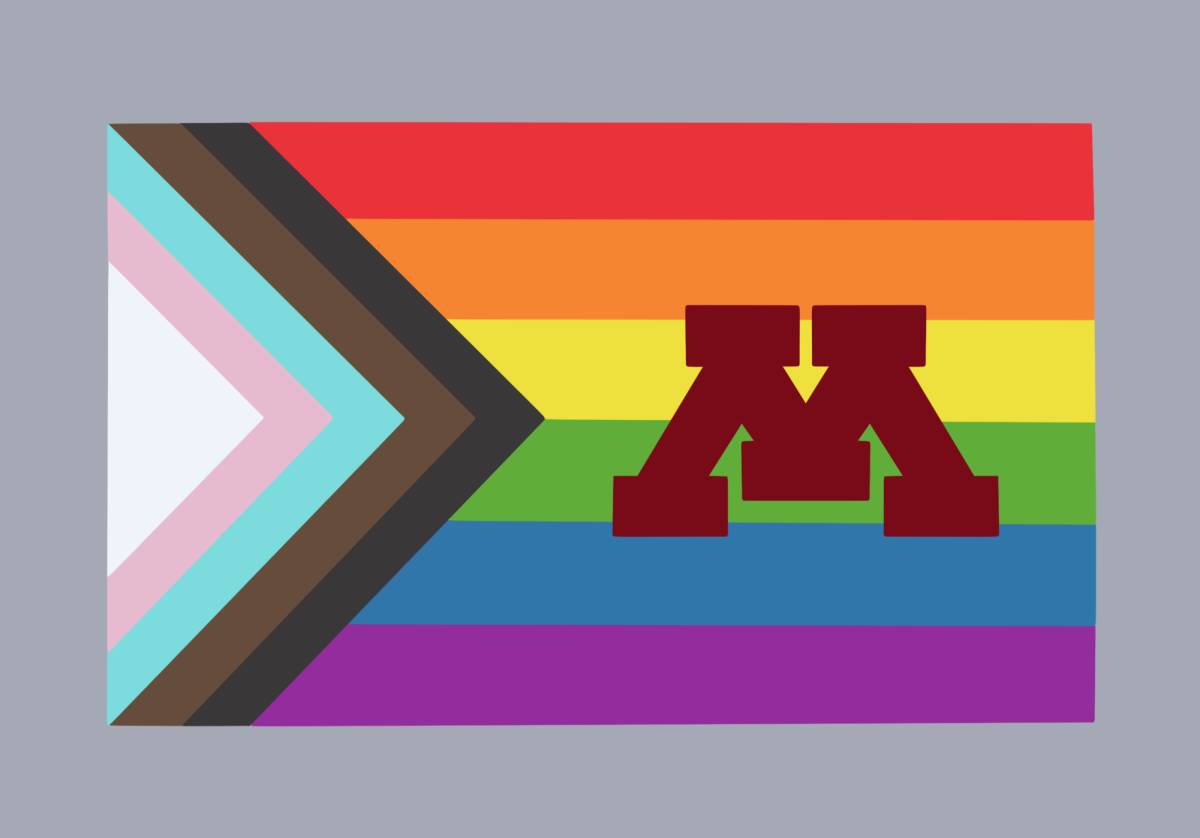



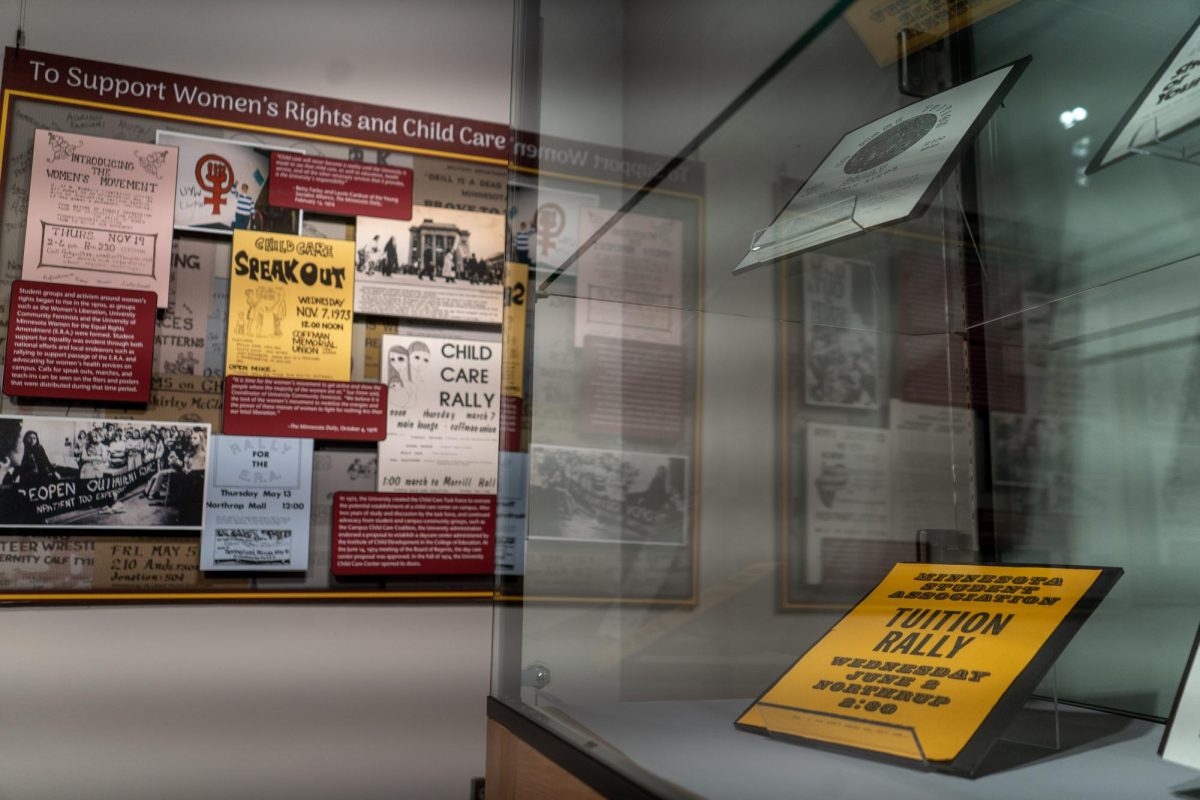
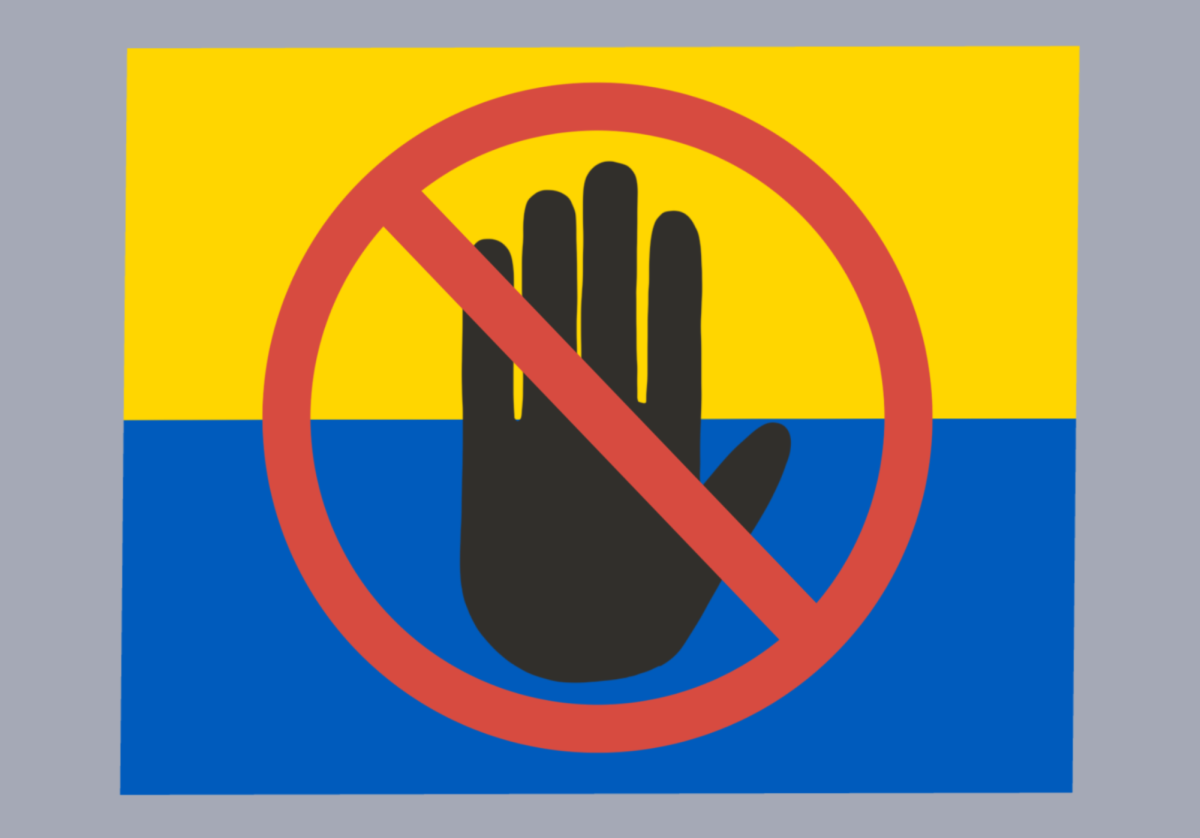
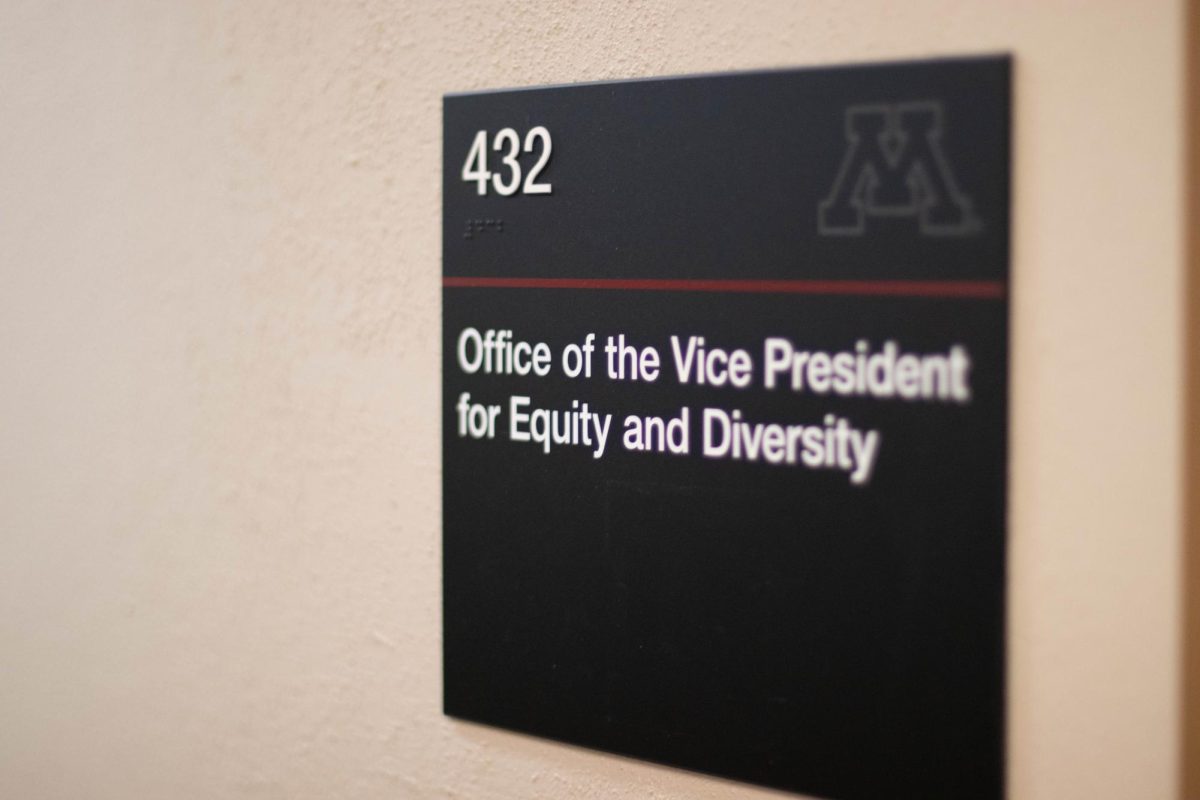
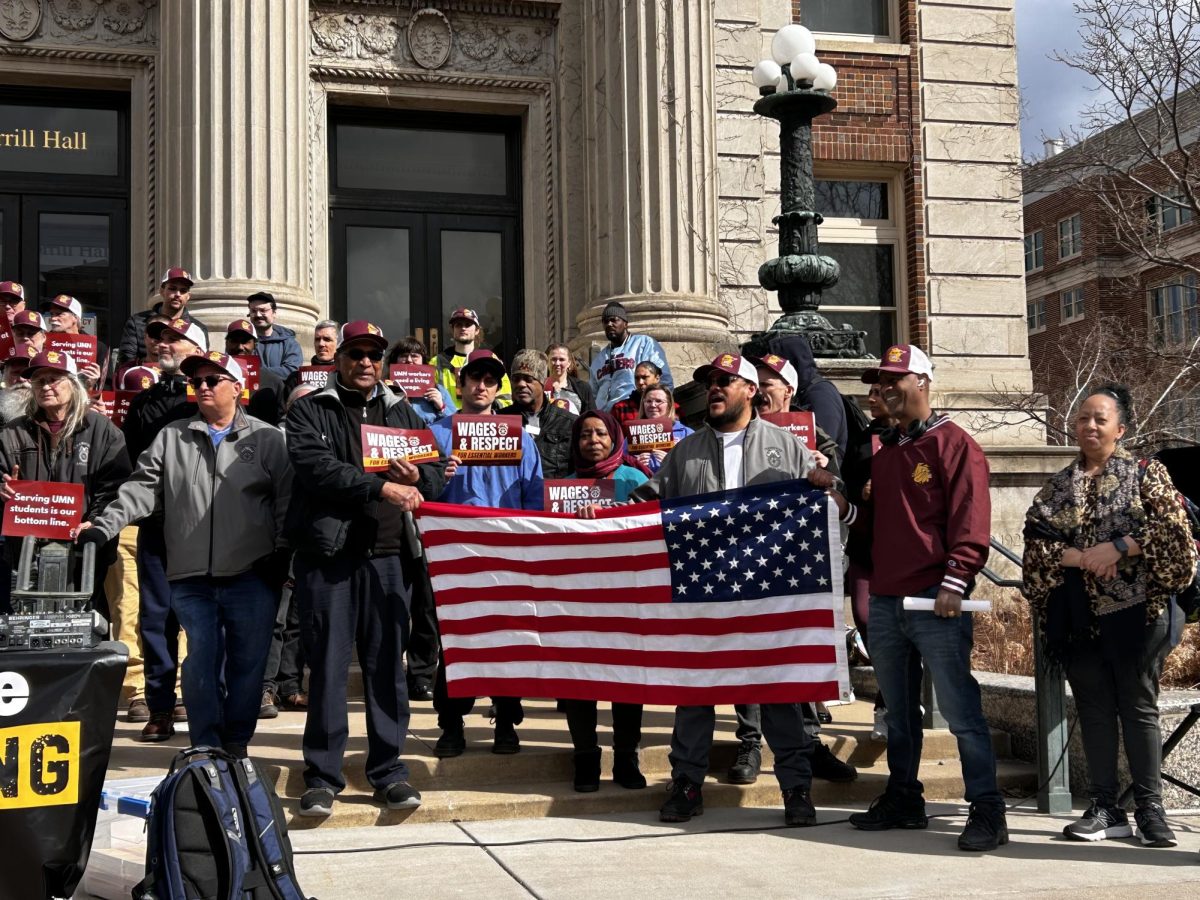

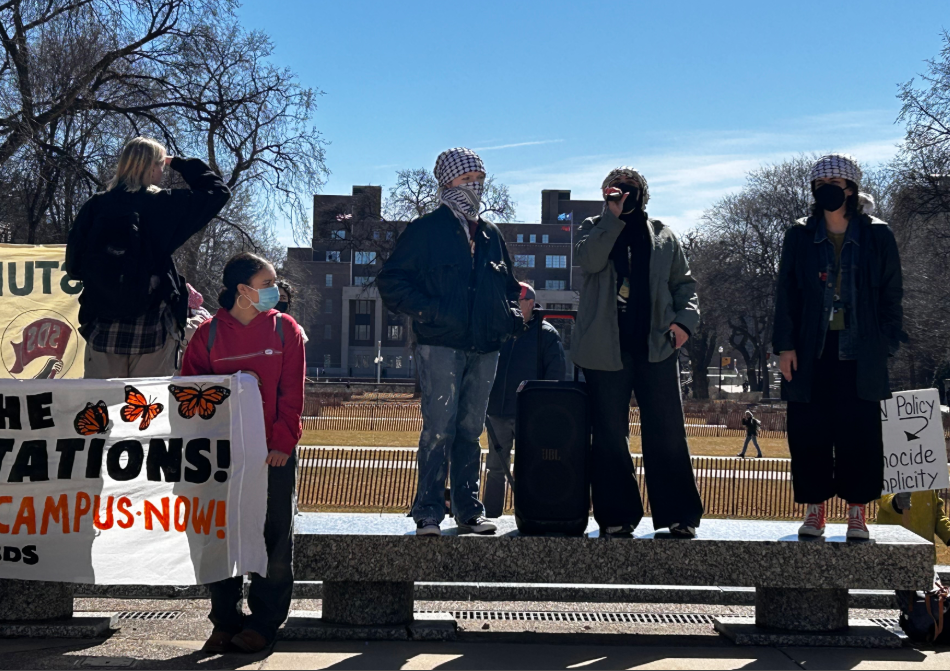

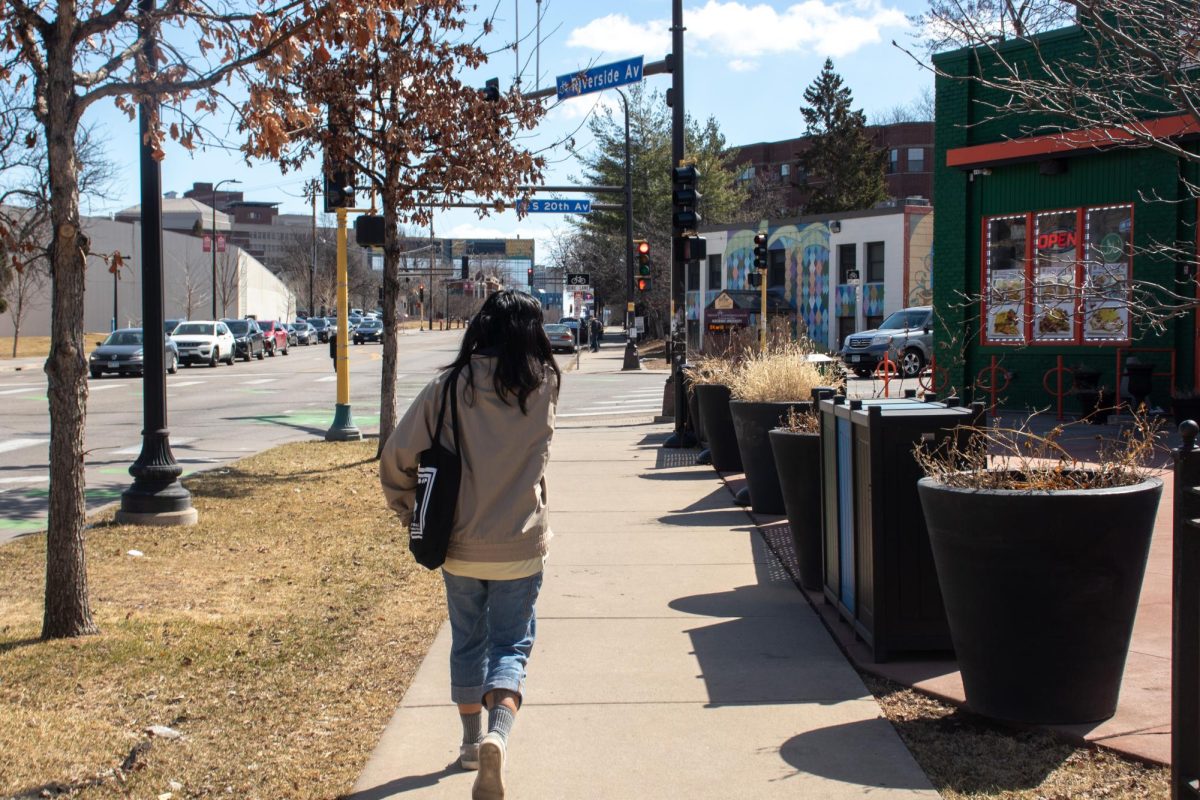
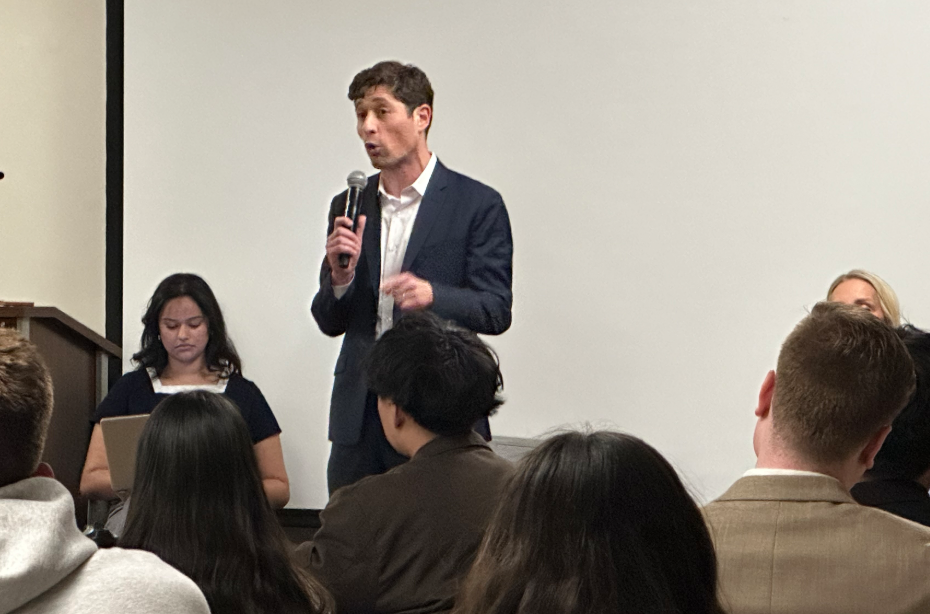



Shikutoramo
Dec 10, 2022 at 4:14 pm
Sauce : Untouchable Lady/ Solitary Lady
n.INVESTING.DOG/N10041J
Meg McGregor Castle
Nov 18, 2022 at 5:22 pm
As someone who grew up in Cloquet (unwittingly on rez land) I believe there is one relevant factoid left out of this story. That is that the entire town of Cloquet as well as Moose Lake and other smaller settlements, were destroyed by a huge consolidation of forest fires in 1918. I grew up with stories as well as fear among my elders (including my father and grandparents) of fires of any kind. It wasn’t hard for them to imagine a prescribed burn getting out of control. That may be the cause of some reluctance to return to this time-honored means of forest management. Reservation and non-reservation land took a beating at that time. My home was on reservation land and I feel sadness and shame for this great injustice to our native brothers and sisters, but I also understand the fear.